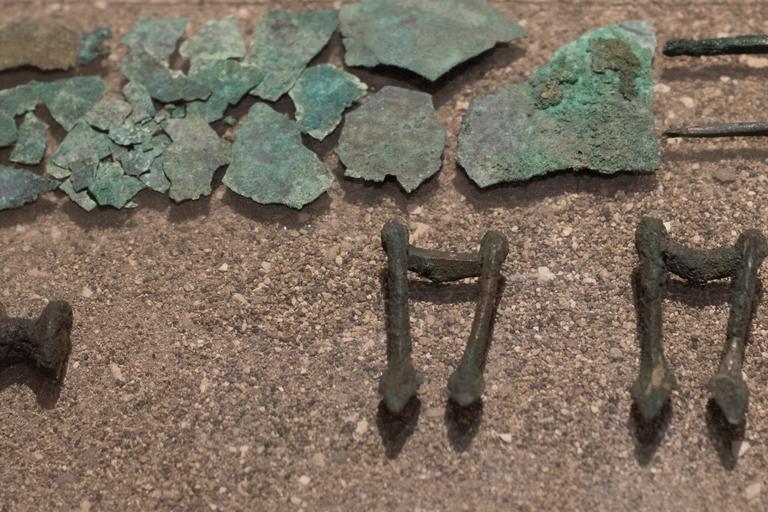Teach students how to analyze artifacts.
Where does the information in social studies textbooks come from? And how can educators introduce students to the inquiry-based skills that produce our understandings of the past? How to Read an Object was a set of workshops focused on how researchers investigate the past through the analysis of physical artifacts. Participants learned a method for introducing students to this sort of inquiry while increasing their knowledge of a particular time and place in World History.
See below for an exercise called Twenty Questions to Ask an Object. You'll also find materials from past workshops, including lists of museum objects and websites to locate museum-pieces for classroom activities.
Each interactive three-hour workshop included:
- practice with a classroom-ready activity to teach students how to analyze artifacts
- a talk by a researcher with expertise in a particular region
- an opportunity to examine a selection of objects from the museum collections
How to Read an Object was a collaboration between ORIAS and the Phoebe A. Hearst Museum of Anthropology, located on the UC Berkeley campus.
photo credit: diffendale Painted tomb (1799) from Sarno: bronze belt and fittings from first inhumation via photopin (license)

